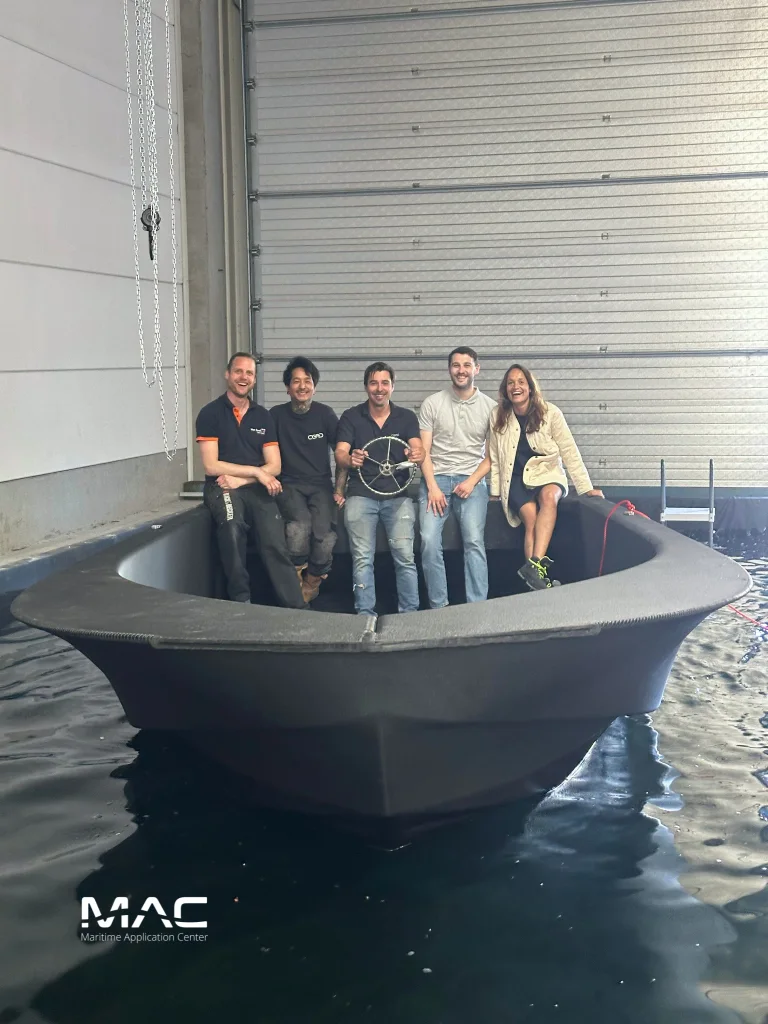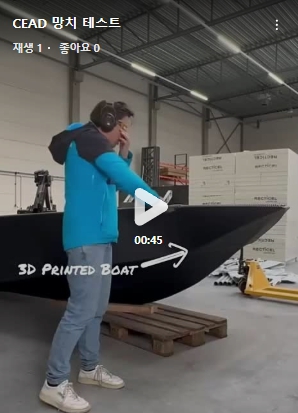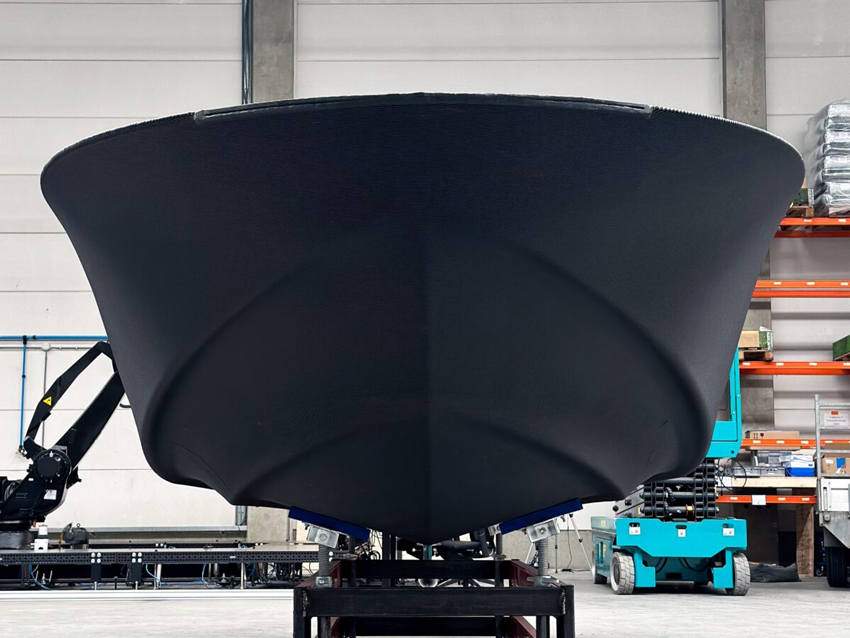Hello, this is HDC.
Today, we are a company specializing in large industrial 3D printers. CEAD’s Maritime Application Center (MAC)I would like to introduce you to .
An innovative shipbuilding hub utilizing 3D printing technology has become a reality in Delft, Netherlands, making the term “shipyard of the future” no longer sound out of place.
Let's take a look at MAC, a next-generation manufacturing space based on automation and digitalization that goes one step further than traditional shipbuilding methods!
▶ Building a ship with 3D printing?
CEAD's 'MAC': The world's first 3D-printed ship production center
A space of approximately 700 square meters near the CEAD headquarters in Delft, Netherlands.
It has been transformed into the Maritime Application Center (MAC), a 3D printing production hub dedicated to ships.
Here, ships are designed using large-scale 3D printing technology and then built using automated processes.
The vision CEAD presents through MAC is twofold.
First, shipyards and marine manufacturers that have not yet adopted large-scale 3D printing Experience the benefits of technology through outsourcing productionSupporting you to do so.
Second, we will collaborate with existing CEAD customers and industrial partners to rapidly expand the application cases of large-scale 3D printing technology and expand the boundaries of possibility through joint development and knowledge sharing. Collaboration PlatformIt is used as such.
MAC is a highly efficient, automated shipyard designed to produce over 100 ships per year with just two to three operating personnel.
Currently, we are rapidly expanding our production capacity based on our actual annual production target of 100 ships. The role of proving technical feasibility and profitabilityWe are also performing together.
The vision of the future shipyard that MAC aims to showcase is a site that embodies CEAD's philosophy that "showing is the most powerful proof."
▶ How will an automated shipyard utilizing CEAD operate?
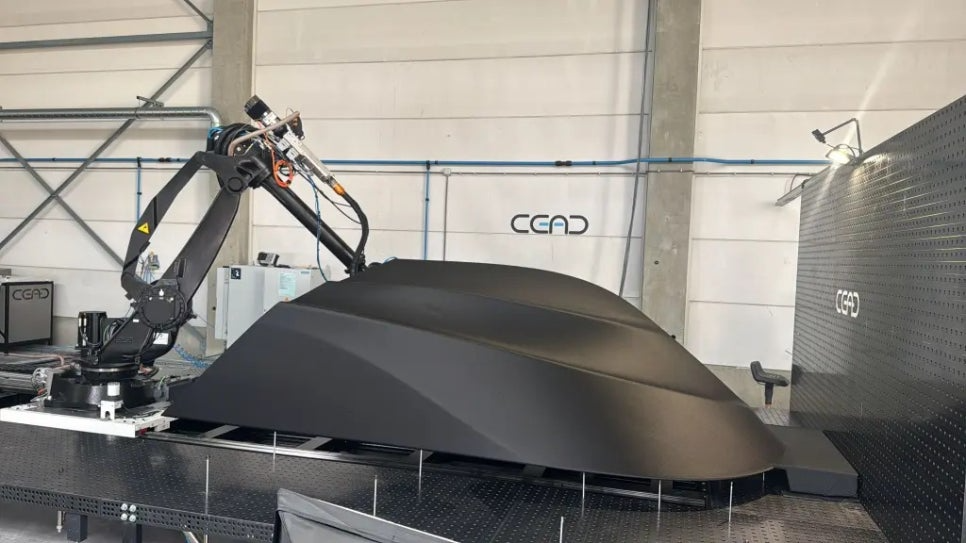
The traditional shipbuilding industry operates on a complex ecosystem based on large-scale infrastructure and a highly skilled workforce.
For decades, we have maintained a centralized structure and segmented our work processes to reduce costs and specialize.
However, with the recent increase in demand, retirement of skilled workers, aging infrastructure, and inefficient operating methods,
Many shipyards are finding it difficult to respond flexibly to change.
Add to this the International Maritime Organization (IMO)'s demand for carbon emissions reductions.
The entire industry is being called upon to transition to ‘sustainable production methods.’
In this context, large-scale 3D printing technology is gaining attention as the optimal technology to solve various bottlenecks facing the shipbuilding industry.
The hull can be printed directly with only a digital file-based design, reducing unnecessary processes and reducing dependence on skilled labor.
As a result, production time and costs are reduced, and we can respond quickly to market changes in both design and production.
CEAD has developed its own 3D printer specifically for ships based on large-scale pellet additive manufacturing technology.
This enables automated hull production that is difficult to implement with general robot printers.
It is much quieter, cleaner, and smaller than existing shipyards. A smart shipyard that can flexibly expand production when neededThat's the key point.
▶ Realizing Innovation Through Collaboration
3D printing an entire ship is not as simple as it sounds.
So CEAD is MAC Fully collaborative modelIt was designed with.
We share learning and growth with industry partners, covering ship design, material development, marine environment response, and process optimization.
We are conducting joint research in all fields.
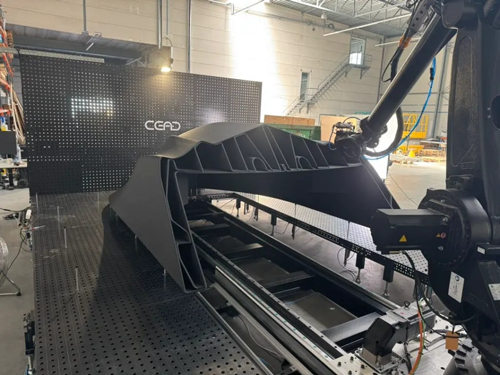
“
“We have deep expertise in large-scale 3D printing technology,
True innovation happens when the field experience and knowledge of industry partners are combined.
“The true value of MAC lies in the collaborative exchange of diverse knowledge, including design, regulatory, and real-world performance.”
– Charlène van Wingerden, Head of Business Development, CEAD
“
▶ Development of applications focused on ship hulls
MAC's core focus is developing technology to 3D print the hulls of industrial and defense ships.
Currently Up to 12mWe are producing industrial or defense ship hulls using 3D printing technology.
For example, work vessels such as work boats, tugboats, fishing boats, supply ships, and unmanned vessels (USVs) are targeted in terms of materials, structure, production time, etc.
We are developing it with precision, testing every aspect.
Recently, we successfully built a fishing boat in just 88 hours using the newly developed high-performance material ‘CEAD®HDPro’.
It sets a new standard with superior performance over existing HDPE, simultaneously demonstrating MAC's technological prowess and execution capabilities.
Its strength was so outstanding that it was tested by hitting it with a hammer on site.
“
“We are learning and creating at the same time.
“The process of testing, improving, and reflecting the results in real time is where real innovation happens.”
– Maarten Logtenberg, CEAD CTO
“
Logtenberg, CTO of CEAD, shares live testing, production process, and physical strength testing through his personal YouTube channel (@3Dprintingboats) and LinkedIn.
(e.g. hammer impact test) and emphasize MAC's educational and innovative role by transparently disclosing such things.
Since its founding in 2014, CEAD has held R&D and customer success as its core values.
We have developed our own large-scale 3D printing technology based on composite materials, automation systems, and pellet extrusion equipment.
I've always been thinking about 'how can I provide real value to customers?'
“
“We are not simply developing technology.
We constantly pursue innovation to create technologies that provide real value to our customers.”
– Lucas Janssen, CEO of CEAD
“
CEAD sees shipbuilding as an industry with the greatest potential for transformation, and is focusing on ensuring that this technology can create a real turning point.
MAC does not simply sell equipment, but also provides integrated systems and basic research.
This is a representative example of CEAD's comprehensive solution strategy.
▶ Shift to sustainable, decentralized, and locally based manufacturing.
To achieve IMO's carbon emission reduction targets, Locally focused automated manufacturing, sustainable materials, and collaborative innovation.This is a must.
MAC achieves local manufacturing using waste-free production and recyclable materials.
We help transform the shipbuilding industry's supply chains into more resilient and environmentally friendly ones.
This means that ships have the flexibility to be produced immediately when and where they are needed.
CEAD-powered microfactory: a shipyard that produces what's needed, whenever and wherever.
MAC is realizing this vision of the microfactory concept.
Because it is a small factory model, Can be installed near city centers or in non-traditional locationsAnd it also has the advantage of being expandable to other industries.
This model is now being implemented at other locations across the United States, including the Haddy plant in Florida.
▶ MAC, officially open!
MAC is currently in operation, and its official opening event was held on June 20th.
MAC is not just a shipyard.
It is a new innovation hub for marine manufacturing that combines digital production, new materials, and automation technologies.
Shipbuilding experts, marine designers, OEM companies, etc. who will work together to create a sustainable and local-centric future manufacturing environment.
Space for partnersno see.
© CEAD B.V.
